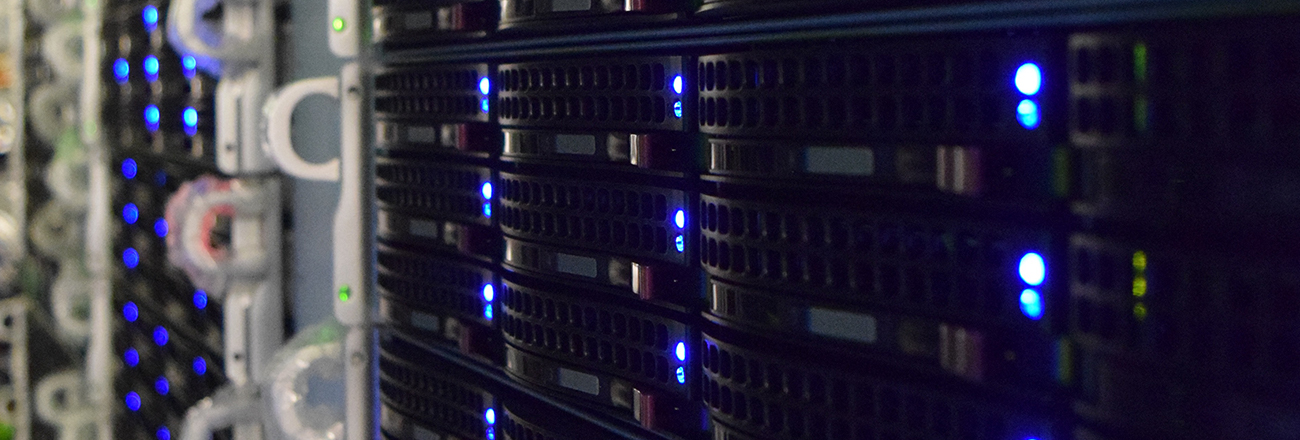
We live in a “cloud world.” Nobody can deny that, but are there still use cases that make sense for dedicated servers? The team here at INAP says “yes,” and that answer is backed up by the requirements and demands of some of our customers. This post explores some of the specific applications and workloads that still thrive on dedicated servers rather than a cloud platform, public, private or otherwise.
What Applications Run Better on Dedicated Servers?
At a high level, applications that are I/O intensive, coded with legacy frameworks, or that simply need more direct access and flexibility relative to the server resources such as CPU, RAM, and Storage. More specifically, some examples would be:
- Highly accessed, I/O intensive databases such as Oracle, SQL, NoSQL and others.
- Video Transcoding that requires specific chipsets like the Intel QuickSync technology.
- 3-D Rendering for AutoCAD and other rendering applications.
- Financial and Scientific modeling that requires an immense amount of constant computations.
- Shared and VPS web hosting.
- Voice Over IP (VOIP) services (for legacy platforms)
- High Traffic eCommerce platforms like Oracle ATG.
- SaaS applications that sustain constant high loads from users.
This is not an exhaustive list, but it aims to highlight some of the workloads that still make quite a bit of sense for dedicated servers.
Why are dedicated servers a better choice for these applications?
If I were to boil it down to just a few key reasons, they would be pure horsepower, flexibility, and the price/performance ratio. I’ll explain each in a bit more detail.
Horsepower
For applications that are CPU-bound, and reliant on doing lots of computations, having direct access to all of the CPU power is important. While hypervisor technology has reduced the amount of resource overhead needed, there’s still anywhere from 5-15% (or more) you lose when you add that hypervisor layer atop of the host’s hardware. This overhead comes from things like HA failover capacity and system resource reservations. For example, with VMware, vmkernel processes are reserving some resources for themselves in order to operate properly. In other words, you lose those resources to do the core tasks of your application which means you ultimately need to pay for additional resources, CPU, RAM, etc, just to accomplish your performance objectives. When I get into price/performance ratio below, you’ll see where this becomes evermore important to some use cases.
Flexibility
Does your application require a specific CPU and chipset? Do you need a custom and unique network interface card (NIC)? Will your application run better with high performance, 1.6TB NVMe Solid State Drives (SSD)? If the answer is ‘yes’ to any of these, dedicated servers are a great fit. They provide the flexibility to build-to-spec rather than being forced into a potentially vanilla environment that’s somewhat one-size-fits all. At INAP, we advertise some basic dedicated server plans, but each is fully customizable to the exact needs of the client. We’ve done some really neat things for eCommerce, video transcoding, VOIP services and others that simply could not be achieved in a cloud platform. Not today, at least.
Price/Performance Ratio
This is where the rubber meets the road. Everything discussed above is encapsulated into this final idea, which is the price to performance ratio. In other words, how much do you have to spend to get the desired performance for your applications in order to deliver the best possible customer experience? For these high-performance applications, every percent of resource availability counts, so being able to sidestep hypervisor overhead losses is a big deal. You’re still paying for those resources even though you’re not using them for the core functionality of the application. It’s not delivering value to the end user. Paul Kreiner, from TSheets explains it best here:
“Dedicated servers are optimal because we don’t pay a 10 to 15 percent performance penalty off-the-top for virtualizing. Unlike a typical IT shop, where most systems sit idle and user traffic is sporadic, our systems sustain high loads for hours on end.”
Updated: January 2019


